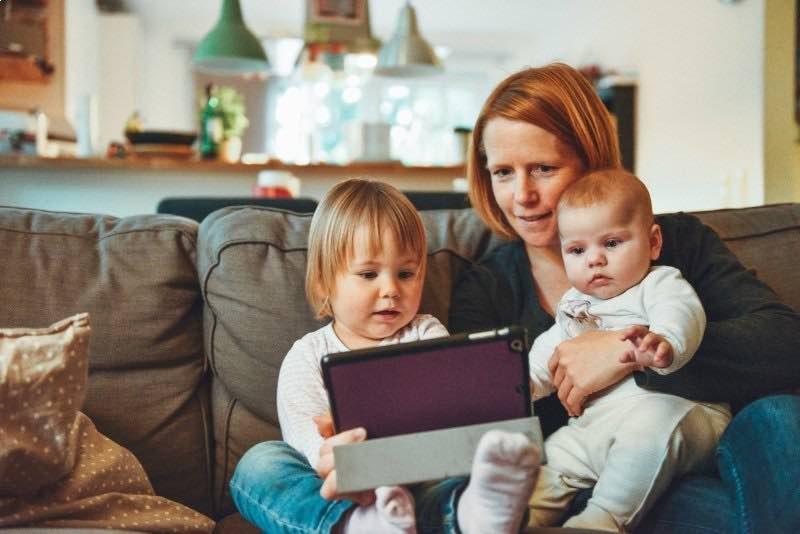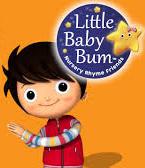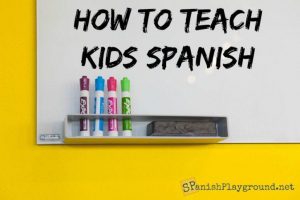Like any other language, learning Spanish can start at any moment, age, and place. We just need motivation, time, and focus. With those three elements, anybody can achieve the goal of “Speak Spanish.” So, how can you adapt Spanish for kids? How can you make learning this beautiful language both engaging and fun?
The best time to learn a language, like most things, is when you are young. As soon as kids start learning Spanish, they can get it faster and better.
Kid’s minds are malleable and flexible. Teaching kids at a younger age will give them huge advantages in their futures. Kids have brains like sponges, they will pick up languages more quickly and their accents will be more natural. If you are a parent and have decided your child will learn Spanish, don’t lose any time. You your child started as soon as possible, even when they are just beginning to say their first words.
Immersion is the most natural way to learn a language. It is hard to immerse your kid in Spanish if you aren’t living in a Spanish-speaking city. A Spanish teacher for kids faces the same challenge.
When kids are bombarded by another language all day long, how can you teach them Spanish? How can parents best reinforce Spanish learning at home?
When you as a teacher are going to teach Spanish for kids, you always have to remember a few things:
- Your students are kids, not adults.
- Know your students’ ages
- The kids’ skills: they can read, write, paint, etc.
- The key to your success as a Spanish teacher is creating FUN classes for kids. That means interactive, dynamic, colorful, playing, etc., lessons.
- What are the tools you are going to use in your Spanish lessons for kids?
Many of us are thinking, “ Is it even possible to teach children Spanish while still having fun? The answer is YES.
Here are a few of many easy ways children can learn Spanish.
5 Tools for Teaching Kids Spanish by Disguising Learning as Playtime
1. Games:
Games are the first thing that comes to mind when we are talking about children. If you can make something into a game, children are more likely to respond positively. In fact, games are a must for adapting Spanish for kids.
There are lots of different games out there, whether they are digital or physical. Some of these suggestions will work great in a classroom, and others are better for parents to reinforce classroom learning.
Example:
- Scattergories Game: The game’s basics are that you give a letter, and the kids have to come up with words that start with that letter (an animal, a place, a verb, a book, etc.). Whoever can come up with the most words wins. However, if someone comes up with the same word as you, he/she doesn’t get the point.
When I work with this game in my Spanish class, we call it “Sopa de Letras” (soup of letters). The teacher writes one letter on the board and gives the kids or the kid a minute to fill in each category. Then the kid has to come up with something like the following (imagine that we were working with the letter “P”):
Animal. (perro)
Color. (plateado)
Food. (papas)
Place. (Panama)
Name. (Pedro)
But don’t just limit yourself to board games and word games. You can find on the Internet and books many games, according to the kid’s age. Also, Go to the app store and pick out a great Spanish game for kids to play.
One great app is Spanish School Bus for Kids (on iTunes and Google Play). This one is a great app to get children started with vocabulary. The game is interactive flashcards. The narrator says a number, color, shape, animal, or other word, and the player has to choose the correct image. If the player gets three stars, they can progress to the next level. Some videos teach your children the words before they start playing the games. Games like these are an excellent way to begin children’s Spanish education.
2. Movies
Watching movies is another great way to trick kids into learning Spanish. They will enjoy watching it, especially if it is a movie they are familiar with. Some movies are better suited for the classroom, and some are better to watch at home.
Putting a movie in Spanish is an easy thing these days. Just hop over to the main menu and change the language. When your son or daughter wants to watch a movie, just put it in Spanish. You can even start with just doing the first half in Spanish or something like that so that they become accustomed to the new voices.
They will hear the voice actors and how they pronounce words, and they will learn to mimic the words in the same way.
3. Songs
Putting things to music is a great memorization trick in any language. Songs can be applied to everything.
I learned my days of the week in Spanish by putting them to a simple tune, like “Twinkle Twinkle Little Star.” Challenge your students to come up with songs for the months, the days of the week, colors, foods, or anything else.
Once they each have a song, create a stage in the classroom, and create an event. Challenge the students to dress up, bring props, or make signs. Then give each student, or group of students, a chance to perform their song on the stage in front of everyone else.
Remember, the key to success with children is fun. You have to keep their minds engaged and let them express themselves.
Just hop on YouTube and pick your son’s or daughter’s favorite Disney song in Spanish. Maybe “Let it Go” (“Libre soy”) won’t be so different in Spanish. Or you may learn some interesting new words with Little Mermaid’s “Part of Your World” (“Parte de él”).
Whatever song your child likes, just get going with it. Spanish songs are also great for adults. Even if you are listening to the same Disney songs, your Spanish will improve too.
4. Reading
Classrooms and homes already have many books. But how many of those books are in Spanish? Probably not very many. Let’s change that.
Learning to read Spanish can be easier in some ways than learning to read English. In Spanish, each letter has one sound that it makes, which is easier for children. You don’t have words like “knowledge” where the “k” and the “e” are both silents.
Teach the children in your class or your youngsters at home the basic alphabet and all the sounds. Then show them how to sound words out as they are reading.
Another method is to find a book that you want to read with the kids and go on YouTube and find the audiobook. Let the children read along as they hear a native speaker read the book to them. After a while, they will gain confidence and will be able to read aloud to each other.
Go out and buy your son or daughter’s favorite book in Spanish. One huge benefit of reading a familiar book with them is that they already know the story and understand the plot and characters.
As you read the book with them in Spanish or listen to the audiobook, your children will intuitively translate Spanish into English they already know. Slowly start getting more challenging texts as their Spanish improves.
5. Applications online to learn Spanish for kids:
1) DUOLINGO
We wouldn’t be surprised if you’ve heard of Duolingo before – it’s made some pretty big waves in the world of language learning! However, if you haven’t, this is a little app that uses simple courses and cute graphics to make it easy for both kids and adults to learn Spanish. You can practice everything from writing to speaking, and track your child’s progress too!
2) ONLINE LANGUAGE DICTIONARIES
There are many free online dictionaries that you and your child can use to translate words from English to Spanish and back again! It’s a super simple way to build up your youngsters’ vocabulary, and there are plenty of games you can play.
3) YOUTUBE
If you have a child who loves music, what better way to help mix language learning into their daily lives than Spanish songs! Youtube is fantastic for this and has a ton of kid’s songs all sung in fluent Spanish. One of my favorite channels is Little Baby Bum, which has a whole host of nursery rhymes and songs for kids.
4) ONLINE FREE SPANISH
If your budding bilingual struggles with their listening skills, we’d encourage you to check out Online Free Spanish. They can scroll through various games based on their skill set, and nearly everyone uses audio to help them learn how to listen to and pronounce the words they’re learning. They can also take a look at the books and songs while they’re here!
5) SPANISH PLAYGROUND
If you’re worried about your little one getting bored on their language learning journey, Spanish Playground should put those fears to rest! It’s got many different resources to keep learning exciting, from printable worksheets to funny jokes. It’s even got themed categories, such as Earth Day and Black History Month, so you can keep your teaching topical!
6) HOLA VIAJEROS
Check out the awesome audiobooks over at Hola Viajeros for kids who love a good story, and help them improve their listening skills without any hassle. The books are read with slow pronunciation and an English transcript, so even beginners will enjoy them! Most of the books tell tales of Spanish culture and tradition, too, so you can help your little one fall in love with the country as well as the language.
6. Consistency
Consistency is the most important thing to remember. You must work with your children often if you expect them to excel. Take time to go over new words and answer their questions. Every chance that you get to use Spanish words.
I mean every chance. If they want to watch a movie, put it in Spanish. If they want a glass of water, have them ask you in Spanish. The more they are exposed to Spanish daily, the quicker they will pick it up.
Take the time to help your kids with these tools. They will thank you for it one day. Learning Spanish for kids brings a lot of fun for the kid and the family too! So, enjoy the path together.
Mary Aaron







